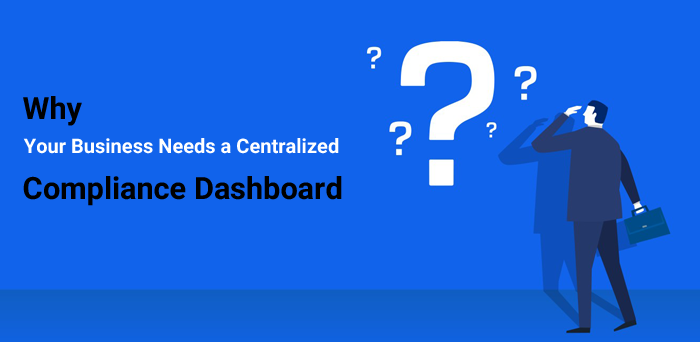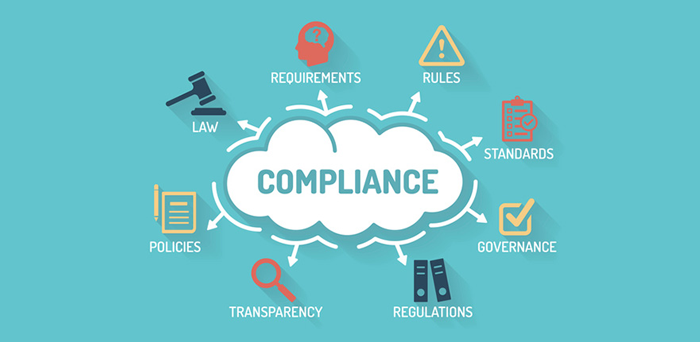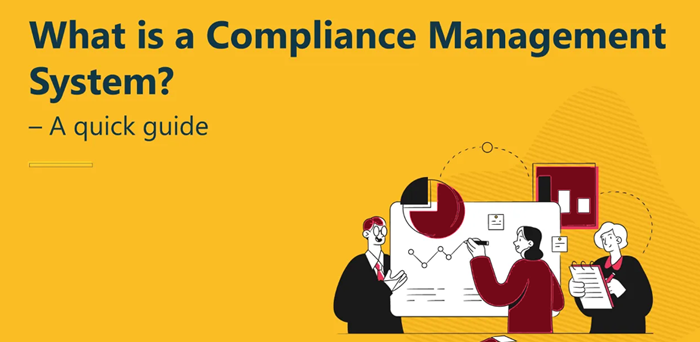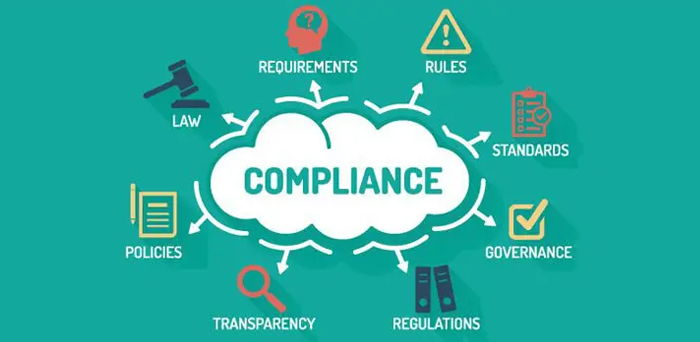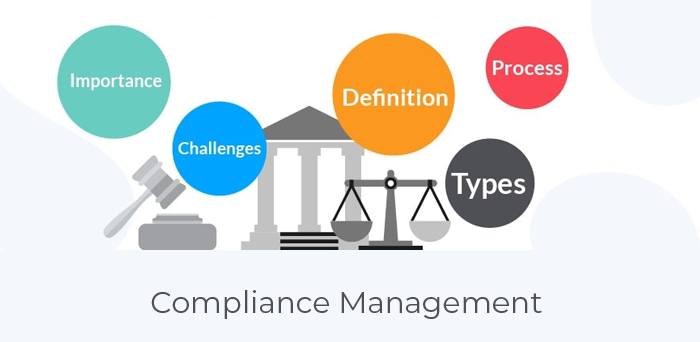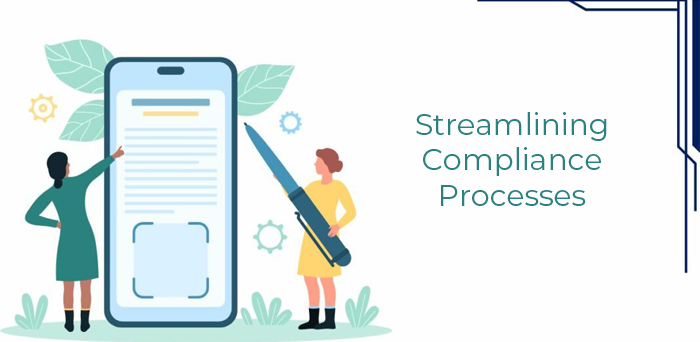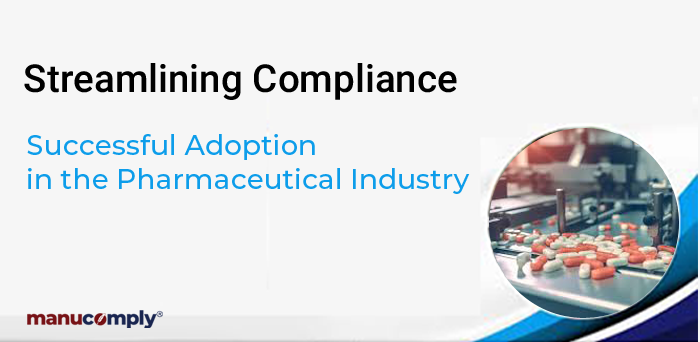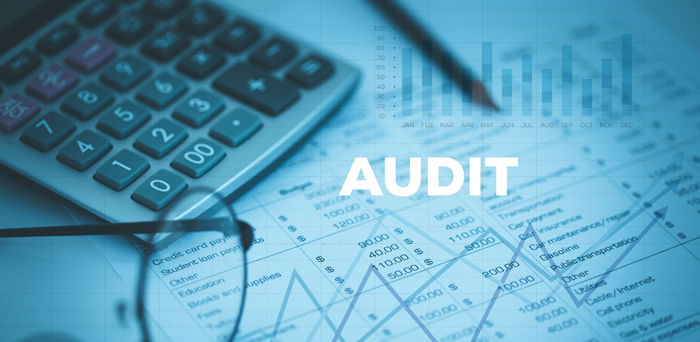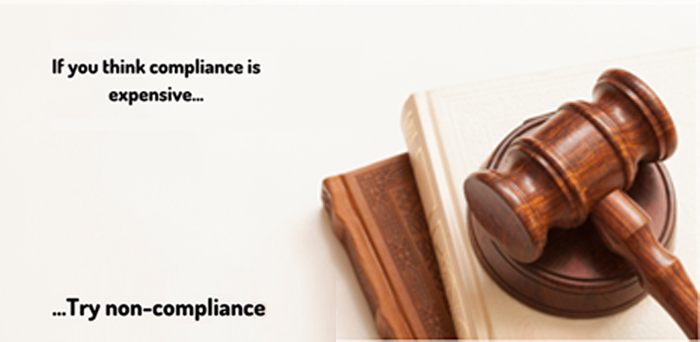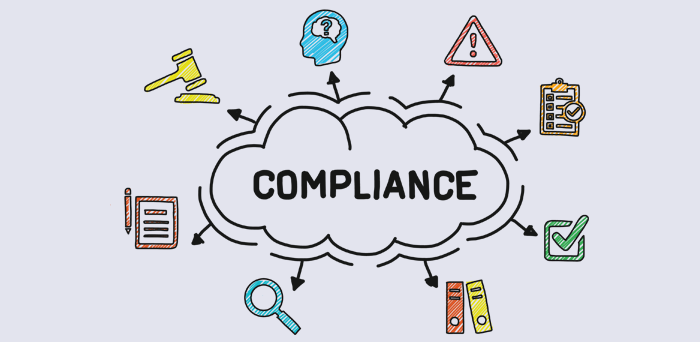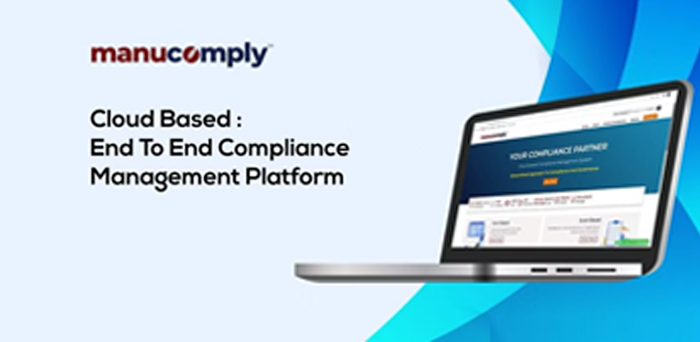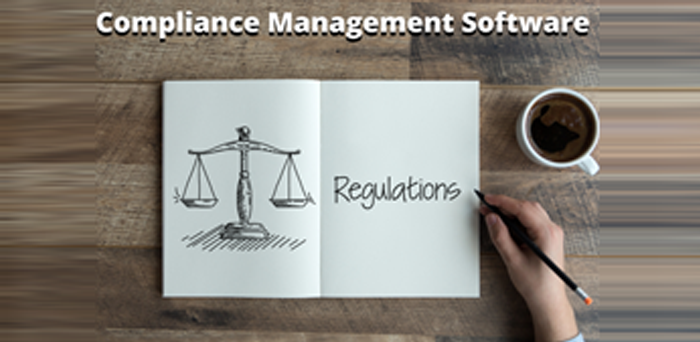
Top Compliance Challenges and How to Overcome Them
Top Compliance Challenges:
Maintaining Changing Regulatory Environment:
India has a dynamic regulatory environment with frequent amendments to laws, introduction of new legislation, and evolving interpretations of existing regulations. This presents a significant challenge for businesses, especially those operating across multiple states with varying regulations.
Resource Constraints: A powerful compliance program requires much time, resources, and highly specialized expertise. That is the challenge for any SME in which there are limited budgets and manpower.
Employee awareness and training: The employees in the organization should be adequately informed about compliance. Its absence poses risks of unintentional violations, which are risky for the organization regarding the threats of fines, penalties, and reputational harm.
Data Security Issues: With the increasing volume and sensitivity of data, safeguarding information from cyber-attacks, data breaches, and unauthorized access has become paramount. Indian companies must comply with regulations like the Information Technology (Reasonable Security Practices and Procedures and Sensitive Personal Data or Information) Rules, 2011 and the Data Protection Bill, 2023.
Inefficient Monitoring System: Normally, an ineffective monitoring system follows the introduction of traditional, manual monitoring approaches. It can be attributed to inefficiency, mistakes, and delay in reporting non-compliance breach.
Types of Compliance Issues:
Regulatory Complexity: India has a complex regulatory framework with numerous laws and regulations covering various aspects of business operations. Industry-specific regulations, labor laws, environmental laws, and sector-specific rules add to the complexity.
Technological Changes: Rapid technological advancements bring new compliance challenges, such as the ethical use of AI, data privacy concerns related to big data and cloud computing, and the need to comply with regulations like the Artificial Intelligence (Development and Deployment) Rules, 2024.
International Development: Expanding into international markets requires navigating different regulatory regimes, understanding cultural nuances, and complying with international standards and treaties.
Third-Party Risk Management: It is quite imperative to manage compliance risk relating to third parties, including vendors and suppliers. Third-party failures or breaches can significantly impact the following:
Roadmap to Overcome Compliance Challenges
1. Thorough Risk Analysis:
Be aware of the risks of compliance in every part of the organization. These would include environmental risks related to waste disposal and emissions regulations; anti-bribery risks, especially in government contracts and international business transactions; industry-specific requirements; and data privacy risks related to data collecting, storage, and processing. Determine the likelihood that each risk will happen and evaluate the impact which they will have including fines, reputational damage, and judicial penalties as well as your business's operational disturbances. Concentrate on those that have the greatest possible risks with the most impactful risks
2. Develop an appropriate compliance policy:
Establish clear, effective policies and procedures covering identified risks and what exactly is expected from the employee about his actions. All the employees should freely access such policies and be fully informed about them. Such policies include data protection, anti-bribery, environment, safety of the worker among others. There should be instituted an open and confidential reporting system that employees will raise concern related to compliance. All filed reports must be addressed and investigation conducted on the outcome. To address complaints, develop a compliance hotline or a compliance officer.
3. Invest in Training and Awareness:
Regular training sessions, interactive workshops, online modules, and in-person presentations must be done among the employees to educate them about the requirements of compliance. The training has to be role-specific and responsibility-oriented for the organization. Refresher training must be periodical to maintain awareness. A culture of ethical behavior, accountability, and the necessity for compliance standards has to be promoted. The top management must lead effective ethical leadership. Employees who are complaining must be rewarded and recognized.
4. Utilize Technologies:
Take advantage of compliance management software by automating routine compliance work, including reporting, risk assessment, and policy maintenance. Track the compliance activity to find out promptly about any non-compliance issues and generate real-time reports. Choose software that contains specific anti-bribery, environmental compliance, or data privacy solutions. Monitor compliance performance and identify variances and future risks. Read incident reports, documents for training personnel, internal audits, and other sources of information.
5. Continual Improvement:
There ought to be regular internal in addition to external audits conducted based on effectiveness at that moment in time of the compliance program. Some measures should be corrected held by areas for improvement through an assessment derived from third-party audited sources. Emerging Risks as well as best industry practices and regulatory changes require monitoring. Policies and Procedures go through reviews that conform to the latest requirement as set. Constant risk assessments identify and address emerging or changing hazards. Build trust and obtain feedback with regulators, consumers, and staff. Engage the employees in opinion building on compliance issues and best practices. Develop a relationship with regulators so that one is aware of their expectations and has an excellent rapport with them.
6. Relationship Building with Experts:
To understand the complexities of regulation and best practice, team up with legal and compliance experts. Consult environmental consultants, legal lawyers and other experts that specialize in this area. The conferences, networking, and industry association events will provide ample opportunities from which to learn the best practice and lessons learnt by other peer companies over compliance hurdles.
Conclusion:
The world of compliance is highly complex and necessitates a proactive, multi-dimensional strategy. Technology, compliance culture, and sound alliances with professionals help businesses clear obstacles and create a firm foundation for long-term success. Compliance at the top reduces risks and reputation enhancement, builds stakeholder trust, and promotes sustainable growth.
